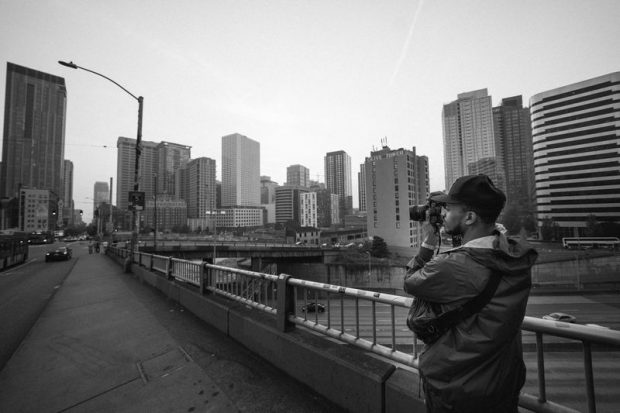Everything about Framing Streets
Everything about Framing Streets
Blog Article
Framing Streets Can Be Fun For Anyone
Table of ContentsMore About Framing StreetsThe smart Trick of Framing Streets That Nobody is Talking AboutThe Single Strategy To Use For Framing StreetsOur Framing Streets Diaries

Both at the Museum of Modern Art (Mo, MA). Motivated by Frank, in the 1960s Garry Winogrand, Lee Friedlander and Joel Meyerowitz began photographing on the streets of New York. Phil Coomes, creating for BBC News in 2013, said "For those people thinking about street photography there are a couple of names that stand out and one of those is Garry Winogrand"; movie critic Sean O'Hagan, writing in in 2014, claimed "In the 1960s and 70s, he specified street photography as an attitude along with a style and it has actually laboured in his darkness ever before given that, so definitive are his photographs of New york city." Returning to the UK in 1965 from the US where he had satisfied Winogrand and taken on street digital photography, Tony Ray-Jones transformed a wry eye on usually surreal collections of British individuals on their vacations or participating in celebrations.
Street digital photography is a vast style that can be specified in several ways, but it is usually characterized by the spontaneous recording of an unrepeatable, fleeting minute, often of the day-to-day going-ons of strangers. It is classically shot with broader angle lenses (e. g. 35mm) and normally includes urban settings.
All About Framing Streets
Documentary photographers usually have a defined, deliberate message and an intention to videotape particular occasions in background (https://justpaste.it/d64mt). The range of the docudrama technique includes aspects of journalism, art, education, sociology and background. In social examination, documentary pictures are often intended to prompt, or to highlight the requirement for, societal adjustment
Street photography is generally seen as unposed and honest, however there are a few street digital photographers that engage with complete strangers on the streets and take their portraits. Street portraits are unexpected portraits taken of complete strangers while out doing street digital photography, however they are viewed as posed due to the fact that there is interaction with the topic.
e. 'honest digital photography' necessarily) for great art functions has actually been questionable. Photographing people and locations in public is lawful in many countries securing freedom of speech and journalistic freedom. There are usually limits on how images of individuals might be utilized and most countries have certain laws regarding individuals's privacy.
The Main Principles Of Framing Streets
While the common-law districts adhere to the UK, relative to the liberty to take images in a public location, Quebec regulation offers that, in many circumstances, their magazine can occur only with the approval of the subjects therein. The European Union's Civil rights Act 1998, which all EU nations need to maintain in their domestic legislation, develops in a right to personal privacy. Of freedom of expression. While also limiting digital photography in order to secure personal privacy civil liberties, road photography can still be legal in France when gone after as an art kind under particular scenarios.

. that simply roamed into a scene), or that are not also recognizable in the photo. https://businesslistingplus.com/profile/framingstreets1/. It additionally does not usually reach individuals who are public figures (e. g - sony a9iii. politicians or stars). If a picture is thought about art, the courts will certainly also consider the photographer's flexibility of imaginative expression; indicating that "artful" road photography can still be lawfully released in specific instances
The Ultimate Guide To Framing Streets
In Greece the right to take pictures and release them or offer licensing civil liberties over them as art or editorial content is protected by the Constitution of Greece (Post 14 and other posts) and complimentary speech legislations as well as by situation legislation and legal instances. Photographing the cops and publishing the photographs is also legal.
In Hungary, from 15 March 2014 any person taking photos is technically damaging the law if someone wanders into shot, under a new civil code that outlaws taking images without the permission of everyone in the photograph - vivian maier. This broadens the regulation on consent to include the taking of photos, along with their magazine
'Hidden digital photography' (kakushidori hidden, surreptitious photography) 'taken photography' (nusumitori without purpose of getting permission) and "rapid digital photography' (hayayori prior to authorization and refusal can be offered) are prohibited unless in the previous consent is obtained from the subject quickly after taking the image. People have legal rights to their images (shzken, droit de image).
Report this page